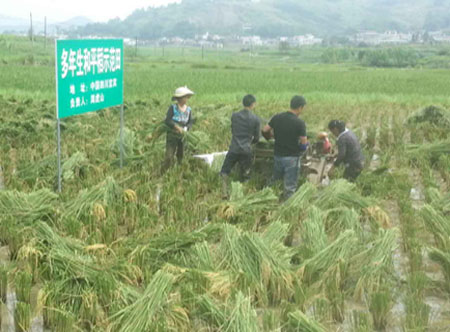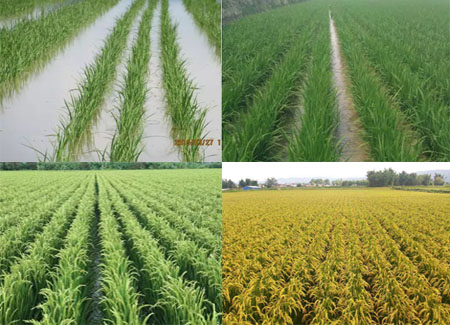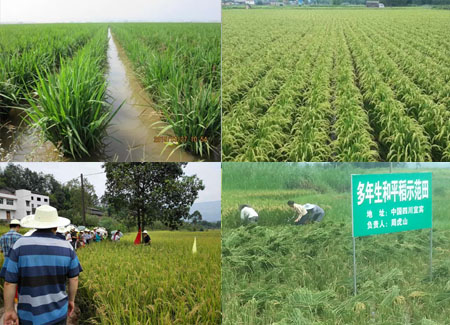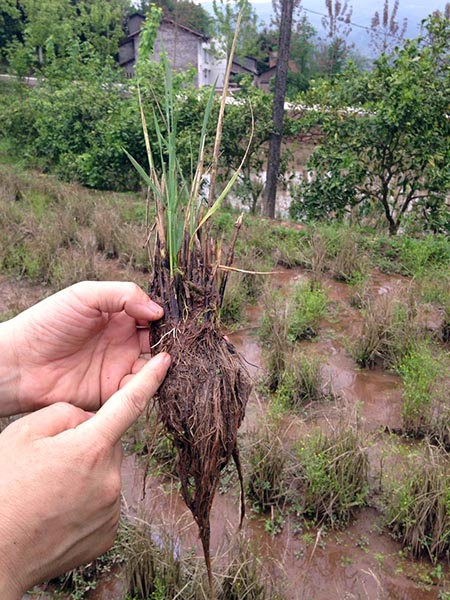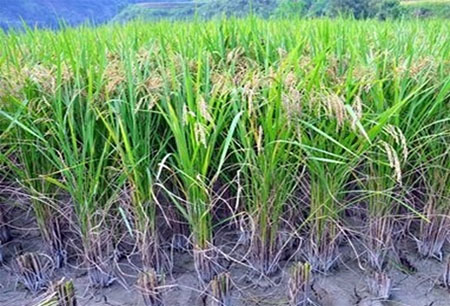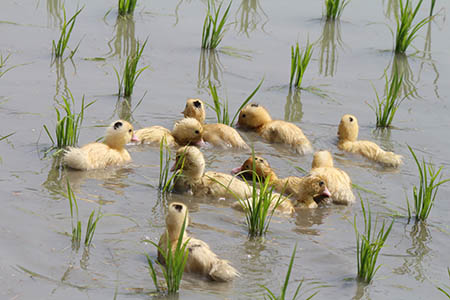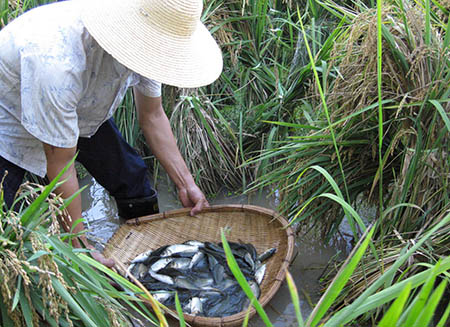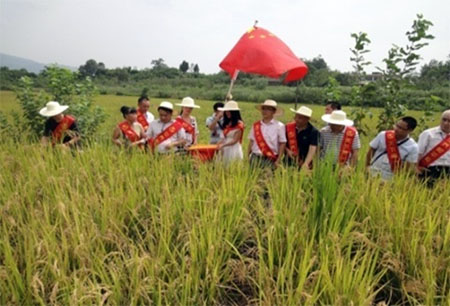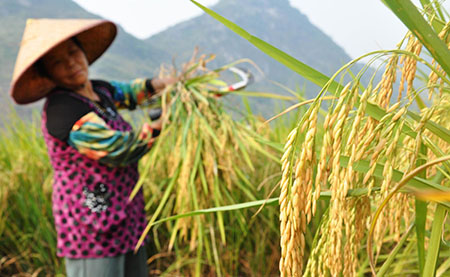Super Wild Rice
Perennial Plant
Hybrid rice needs to be planted every year. After each harvest, the roots need to be removed from the field and new young seedlings need to be set again. It also needs to be harvested in time to prevent lodging from happening.
Unlike hybrid rice, Super Wild Rice is a perennial plant. Setting young seedlings is only needed once at the beginning and no more after. The wild rice will grow itself year after year even after being harvested. It does not have lodging problem, saves labour cost, provides the environment to produce companion products such as fishes and ducks, and converts the fields to ecological environment for sustainable agriculture.
Relying on its wild nature, Super Wild Rice does not require weeding or chemical fertilizer. It has a natural resistance to more pests and diseases comparing to hybrid rice. It can grow in a temperature below minus. Its stalk stands strong even in wind and does not have lodging problem. Because no chemical fertilizer, the paddy soil condition is improved year after year
The First Super Wild Rice
The first Super Wild Rice was discovered in Chongqing, China
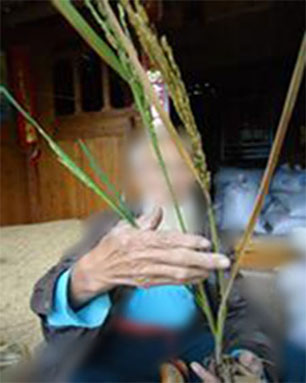
Extended Nursery
More seedlings are fostered via extended nursery year after year.
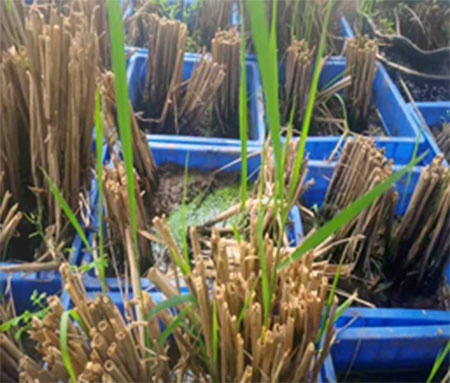
10 Years After
10 year after, there are currently over 6000 hectare Super Wild Rice paddy fields in China.
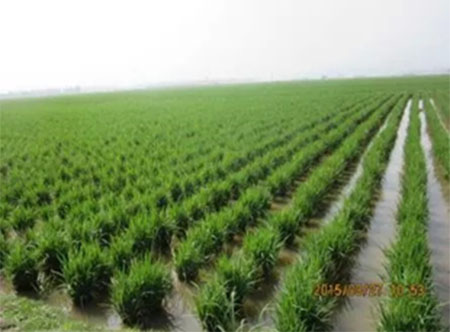
Demonstration
Our demonstration paddy field in China.
